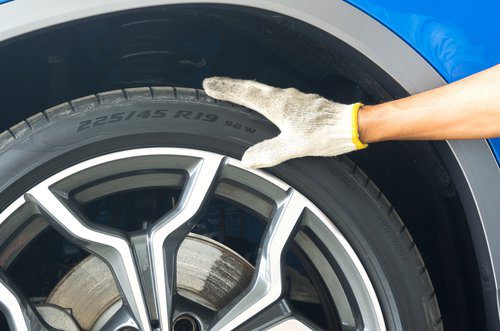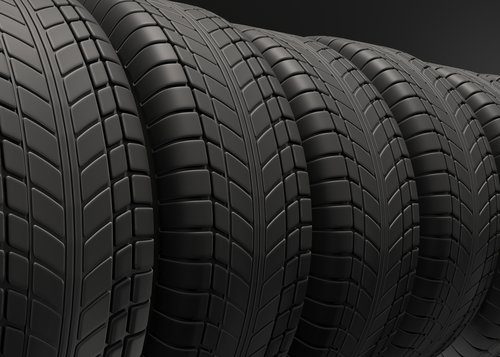
How to read a bus?
Content
There are several links and markings on the sidewalls of your car's tires. They indicate, in particular, the dimensions of the tire, its load index or speed index. You will also find a wear indicator for your tire. So here's how to read a bus!
🚗 How does the tire work?

The tire serves a double function: it allows the vehicle to move on the road, but it can also carry it in motion. With incredible resistance, it can carry more 50 times its weight in resistance shipment of cargo during the acceleration or deceleration phases.
Ensuring the stability of the vehicle's trajectory, the tire works using 4 main components:
- Tread : This is the most durable part of the tire because it makes contact with the road. Its composition provides resistance to wear and tear;
- Mascara layer : consists of a bead, allows you to attach the tire to the rim of your car. Its purpose is to help the tire withstand the vehicle's load and internal air pressure;
- Wing : Located on the side of the tire, it is made of flexible rubber for better grip, especially if there are potholes on the road;
- Wear indicator : This is a tire wear indicator and can be found in the grooves or on the tire tread.
There are currently 3 types tire size, each adapted to different weather conditions: summer tire, four-season tire and winter tire.
🔎 How to read tire dimensions?

If you look at the outside of your tires, you can distinguish several designations of numbers and letters. Let's take the example bus in the image above with the following link: 225/45 R 19 92 W.
- 225 : this is the section of your tire in millimeters;
- 45 : this figure corresponds to the height of the sidewall as a percentage in relation to the tire's width in relation to the width;
- R : it can be D or B depending on the construction of your tires: R for radial, D for diagonal and B for transverse belt;
- 19 : here we find the diameter of your tires' engagement in inches;
- 92 : represents the load index of your vehicle, i.e. the maximum permissible weight. This figure must be translated through the correspondence table. In this case, the index 92 corresponds to 630 kilograms;
- W : You can also use the letters T, V and many more. This corresponds to the maximum speed index that the tire can withstand without degrading performance. For example, W is 270 km/h, V is 240 km/h, and T is 190 km/h.
There may also be a second row of numbers and numbers below the reference. On the second line, you can find date of manufacture of your Tires with the last 4 digits. For example, 4408 means your tires were manufactured in the 44th week of 2008.
🚘 What other markings are there on the tire?

In addition to the size and date of manufacture of the tire, other markings can also be read. Among them, in particular, you will find:
- Wear indicator : it can look different, for example, in the form of a Michelin man or a triangle. This indicator shows how much rubber is left on the tire and helps you know when to change it.
- Winter or 4-season tire marking : A tire approved for use on snow has a special marking on the sidewall. You can read M + S on your tire, or find a mountain logo with three peaks and a snowflake.
- Tire type : Some tires have special markings to indicate that they are tubeless, that is, tubeless, reinforced or even pressureless.
- Standard : Depending on the country, you can also find the standard display on your bus. E stands for European standard, UTQG stands for US standard, etc.
📝 What is the law on car tires?

In terms of legislation and technical control, your tires must meet the following conditions:
- Быть the same brand и the same category on one axis;
- Have some similar dimensions, speed and load index as well as construction ;
- Imagine no more than Wear difference 5 millimeters ;
- Own gum depth less than 1,6 millimeters ;
- I can not imagine missing or illegible markings ;
- Not be in friction with one part vehicle;
- Do not havehernia or detachment ;
- Do not have unsuitable sizes to your car;
- Do not have deep cut opening the tire carcass.
To be sure of this, you need to familiarize yourself with what is displayed on your tire: wear rate, dimensions, etc.
It is important to comply with these conditions down to the millimeter, otherwise your car will not be able to pass technical control, and you will have to change tires soon in order to show up for inspection.
From now on, you can read your bus and understand all of its components. If your tire is warped or lacks traction, it's time to get a professional. Use our online garage comparator to find the garage closest to you at the best price!
